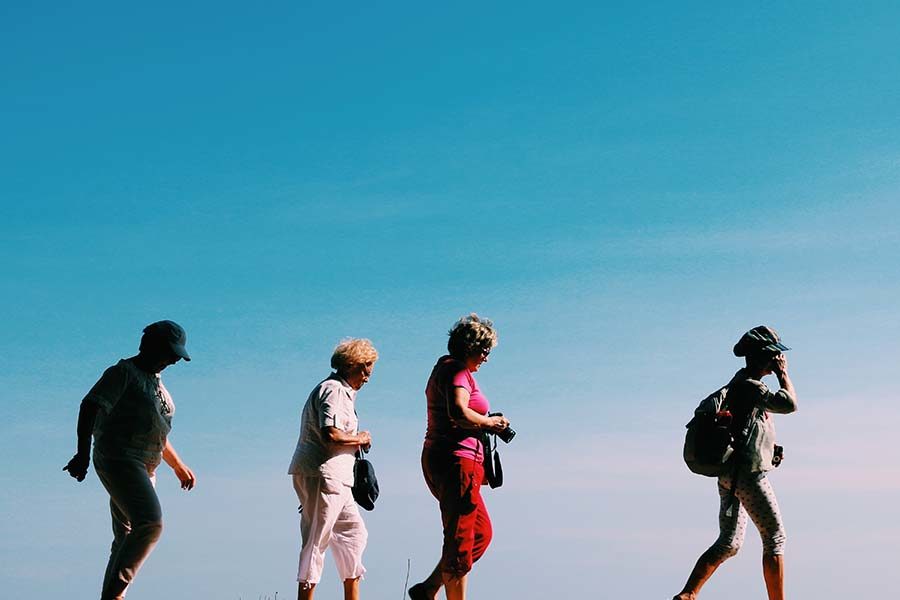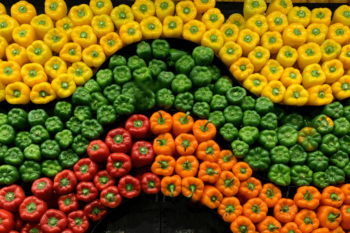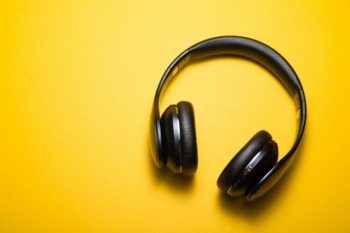Sitting more than usual during COVID? Here are some expert tips to get you active again

DATE
TYPE Prevention Centre News
Too much sitting and lack of physical activity during the COVID lockdowns is likely to produce a second pandemic of deconditioning and functional decline in older Australians and those living with disability, says Associate Professor Anne Tiedemann, a member of the newly-formed Centre of Research Excellence in Prevention of Falls Injuries at The University of Sydney.
Speaking at a webinar on how to stay active during and after lockdown, Associate Professor Tiedemann said restrictions had led to a lack of incidental physical activity, like walking to use public transport or playing with the grandchildren.
“For older people and those living with disability, this incidental activity as well as other more structured exercise would have been keeping them strong, and now many may be at a higher risk of falling,” she said.
“We need strategies to address this and support people to find ways to gradually increase their physical activity level.”
The CRE in Prevention of Falls Injuries is based at the Institute for Musculoskeletal Health, a partnership between the University of Sydney and the Sydney Local Health District. At the webinar, 23 organisations endorsed a statement that being physically active can keep people of all ages and abilities healthy and connected; that lockdown has made it difficult for many people to stay active; and that we need to work together to support older people and those with disabilities to be active.
The webinar heard that being physically active is one of the best ways of boosting physical and mental health, maintaining independence and preventing falls as people age – yet most Australians do not move anywhere near enough to get the maximum benefits.
“Many factors influence our physical activity behaviours. Safe, attractive environments tend to be more conducive to physical activity. Similarly, encouragement from health professionals, friends and family, particularly as people age, are positive influences,” said Associate Professor Tiedemann.
For those who have already had a fall or who feel unstable on their feet, fear is a major barrier – even though evidence shows physical activity actually reduces the risk of falling, she said.
But the greatest risk is in doing nothing. “It’s clear that prolonged bouts of inactivity lead to rapid loss of muscle strength and decline in physical functioning. Getting moving boosts your body and brain, can improve social connection and reduce loneliness – movement is medicine.”
The World Health Organization now recommends that, for substantial health benefits, all adults should take part in moderate-intensity aerobic physical activity (that raises the heart rate and makes you breathe faster, such as brisk walking) for 150 to 300 minutes a week, or 75 to 150 minutes of vigorous-intensity physical activity (such as jogging), or a combination of both intensities.
It also recommends that adults should take part in strength training for all major muscle groups on at least two days per week. To improve their function and prevent falls, older adults are recommended to do physical activity three times a week that consists of different types of exercises that improve their balance and strength.
The physical activity does not need to be done all in one go. Activity done during recreation, when travelling, working or at home all counts towards the total.
“Even if you can’t reach these amounts, doing something is better than nothing,” said Associate Professor Tiedemann.
“Every move counts. Little bits of activity above and beyond what you currently do will have benefits for health and wellbeing.”
Top tips to get you physically active
The webinar suggested these tips to get you active again.
- Think about why you are doing this. What do you enjoy and want to keep doing (travelling, meeting friends, living independently at home)? The changes you make now are an investment in your future.
- Decide what you will do. Select an activity you can achieve and that you enjoy, as that way you’re more likely to continue.
- Set goals that are achievable and time-focused. For example, don’t tell yourself ‘I’m going to exercise more’ – make a pact to ‘go for a 30-minute walk three times a week, starting tomorrow’. Writing down your goals means you’re twice as likely to achieve them.
- Start slowly. If you are not sure how to be active, seek professional advice. Talk to a physiotherapist, exercise physiologist or health coach about safe physical activity for you. In NSW, you can visit the Get Healthy website for more information.
- You don’t have to go for a run or exercise for an hour all in one go. Just try to build a little more physical activity into your day: go up and down the stairs, stand up and sit down a few times, or go for a walk in the park.
- Exercising with friends is a good idea because it gives you a social boost and keeps you accountable.
- We’re creatures of habit, so link physical activity to your daily activities. Go for a walk after breakfast, or stand on one leg while you’re brushing your teeth for some balance training.
- Have a Plan B. For example, if the weather is bad, you could go for a walk around a shopping centre instead. Even if you can’t get outside, you can still do physical activity at home. Visit Safe Exercise at Home or Stay on Your Feet for tips suited to your activity level, or NSW Health’s Active and Healthy for an exercise program near you.
- Some people find it helpful to wear an activity tracker to follow daily progress and provide a prompt.
- After your physical activity, don’t just spend all day sitting down. Make sure you are active throughout the day, and discover the benefits to your mental and physical health!
Read more about CERI
The Collaboration for Enhanced Research Impact (CERI) is a joint initiative between the Prevention Centre and seven NHMRC Centres of Research Excellence, established in June 2020 to enhance the profile and impact of chronic disease prevention in Australia. We are working together to find alignment in the policy and practice implications of our work and to develop shared communications across our various projects and participating centres. Visit the CERI web page.



